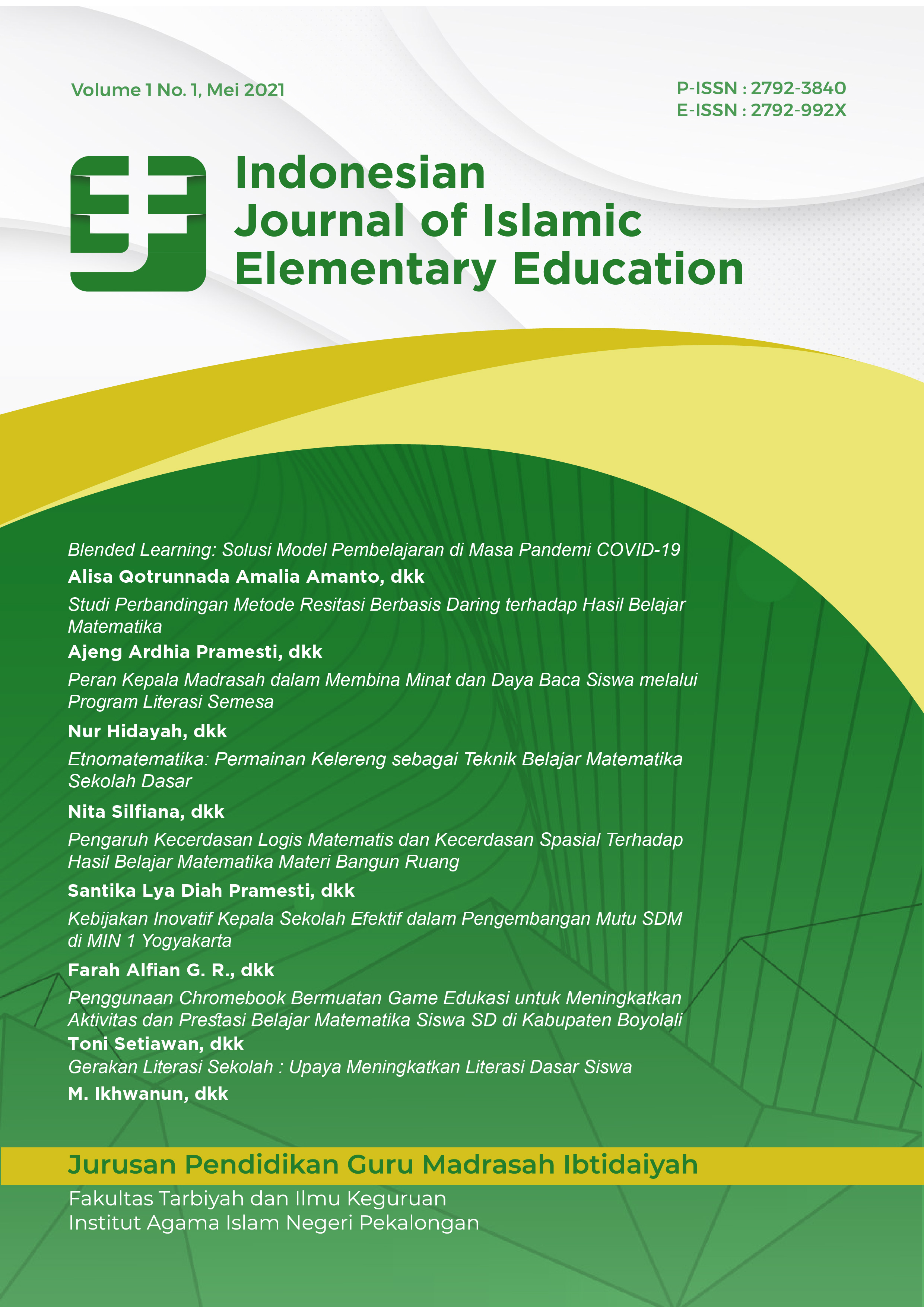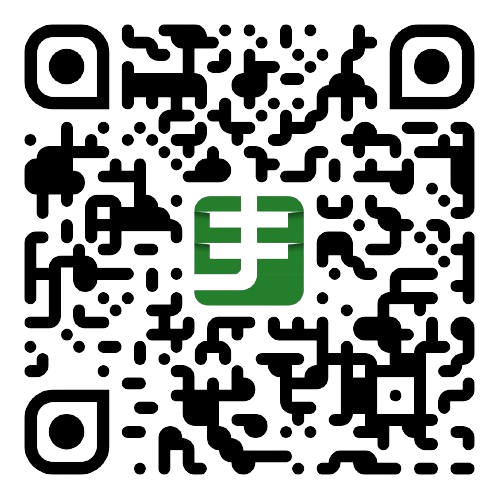Blended Learning: Solusi Model Pembelajaran di Masa Pandemi Covid-19
DOI:
https://doi.org/10.28918/ijiee.v1i1.3909Keywords:
Learning model, Blended learning, Covid-19 pandemicAbstract
Education in Indonesia is currently experiencing obstacles caused by the COVID-19 pandemic. This obstacle is not only felt by teachers, but also students and parents of students. This makes significant changes to the learning system used. In this context, Blended learning is the most significant development of a learning model during a pandemic like now. Blended learning can be defined as a mixture of online learning models and offline learning models. The purpose of this study is to describe the implementation of the blended learning learning model during the COVID-19 pandemic and analyze the supporting factors and inhibiting factors of the implementation of the blended learning learning model during the COVID-19 pandemic. The method in this study uses qualitative research. The process of data collection is done by using interviews, observation and documentation. In the implementation of the blended learning model, it gives good results because it is able to make learning more varied and not monotonous so that it is liked by many students. Although in this case there are still many obstacles that are passed during learning, the teacher can overcome them little by little well. Factors supporting the implementation of the blended learning model include the Government, Teachers, Technology. While the inhibiting factors for the implementation of the blended learning model include time, connections/networks, teachers and students. With these results, it is hoped that schools or other educational institutions can further study the concept of blended learning and implement blended learning.
References
Agus Purwanto, d. (2020). Studi Eksploratif Dampak Pandemi COVID-19 terhadap Proses Pembelajaran Online di Sekolah Dasar. EduPsyCouns Journal : Journal of Education, Psychology and Counseling, Volume 2 Nomor 1, Hlm.3.
Agustinova, D. E. (2015). Memahami Metode Penelitian Kualitatif, Teori & Praktik. Yogyakarta: Calpulis.
Bentri, Alwen. dkk. (2018). Model Instrument Evaluasi Blended Learning dalam Implementasi Kurikulum di Perguruan Tinggi. Padang: Universitas Negeri Padang.
Book, M. (2020). What Is Coronavirus Aka Covid 19? Protect Yourself & Others! DIY Facemask, Sanitizers & How to Isolate Yourself. Master Book.
Hasudungan Siallagan, Andrew Ryan. (2020). Studi Kepustakaan Mengenai Blended Learning Sebagai Inovasi Model Pembelajaran di Era 21. Medan: Prosiding Seminar Nasional Teknologi Pendidikan Pascasarjan UNIMED.
Husamah. (2014). Pembelajaran Bauran (Blended Learning). Malang: Prestasi Pustaka.
Khusna, Maziyatul dkk. (2020). Penerapan Model Problem Based Learning (PBL) Berbasis Blended Learning untuk Meningkatkan Motivasi dan Hasil Belajar pada Siswa Kelas VI SD Muhammadiyah Banjaran. Yogyakarta: Prosiding Pendidikan Profesi Guru Fakultas Keguruan dan Ilmu Pendidikan, Universitas.
Moeleong, L. J. (2014). Metode Penelitian Kualitatif. Bandung: Remaja Rosdakarya.
Oktaria, S. D.dkk.(2018). Model Blended Learning Berbasis Moodle. Bogor: Halaman Moeka Publishing.
Sari, M. (2019). Mengenal Lebih Dekat Model Blended Learning dengan Facebook (MBL-FB): Model Pembelajaran Untuk Generasi Digital. Yogyakarta: Deepublish.
Simarmata, J.dkk.(2019). Inovasi Pendidikan Lewat Transformasi Digital. Sumatera Utara: Yayasan Kita Menulis.
Syarifudin, A. S. (2020). Impelementasi Pembelajaran Daring untuk Meningkatkan Mutu Pendidikan Sebagai Dampak Diterapkannya Social Distancing. METALINGUA: Jurnal Pendidikan Bahasa dan Sastra Indonesia, Volume 5 Nomor 1, Hlm. 31.
Yaumi, M. (2018). Media dan Teknologi Pembelajaran. Jakarta: Prenadamedia Group.
Downloads
Published
Issue
Section
License
Copyright (c) 2021 Alisa Qotrunnada, Nur Khasanah

This work is licensed under a Creative Commons Attribution 4.0 International License.
You are free to:
Share — copy and redistribute the material in any medium or format for any purpose, even commercially.
Adapt — remix, transform, and build upon the material for any purpose, even commercially.
The licensor cannot revoke these freedoms as long as you follow the license terms.
Under the following terms:
Attribution — You must give appropriate credit , provide a link to the license, and indicate if changes were made . You may do so in any reasonable manner, but not in any way that suggests the licensor endorses you or your use.
No additional restrictions — You may not apply legal terms or technological measures that legally restrict others from doing anything the license permits.
Notices:
You do not have to comply with the license for elements of the material in the public domain or where your use is permitted by an applicable exception or limitation .
No warranties are given. The license may not give you all of the permissions necessary for your intended use. For example, other rights such as publicity, privacy, or moral rights may limit how you use the material.














